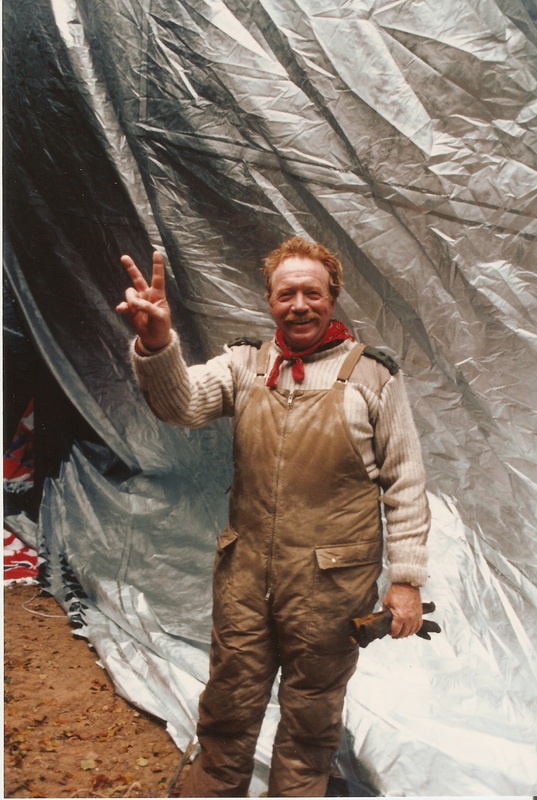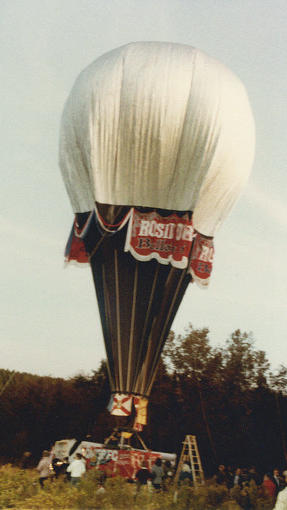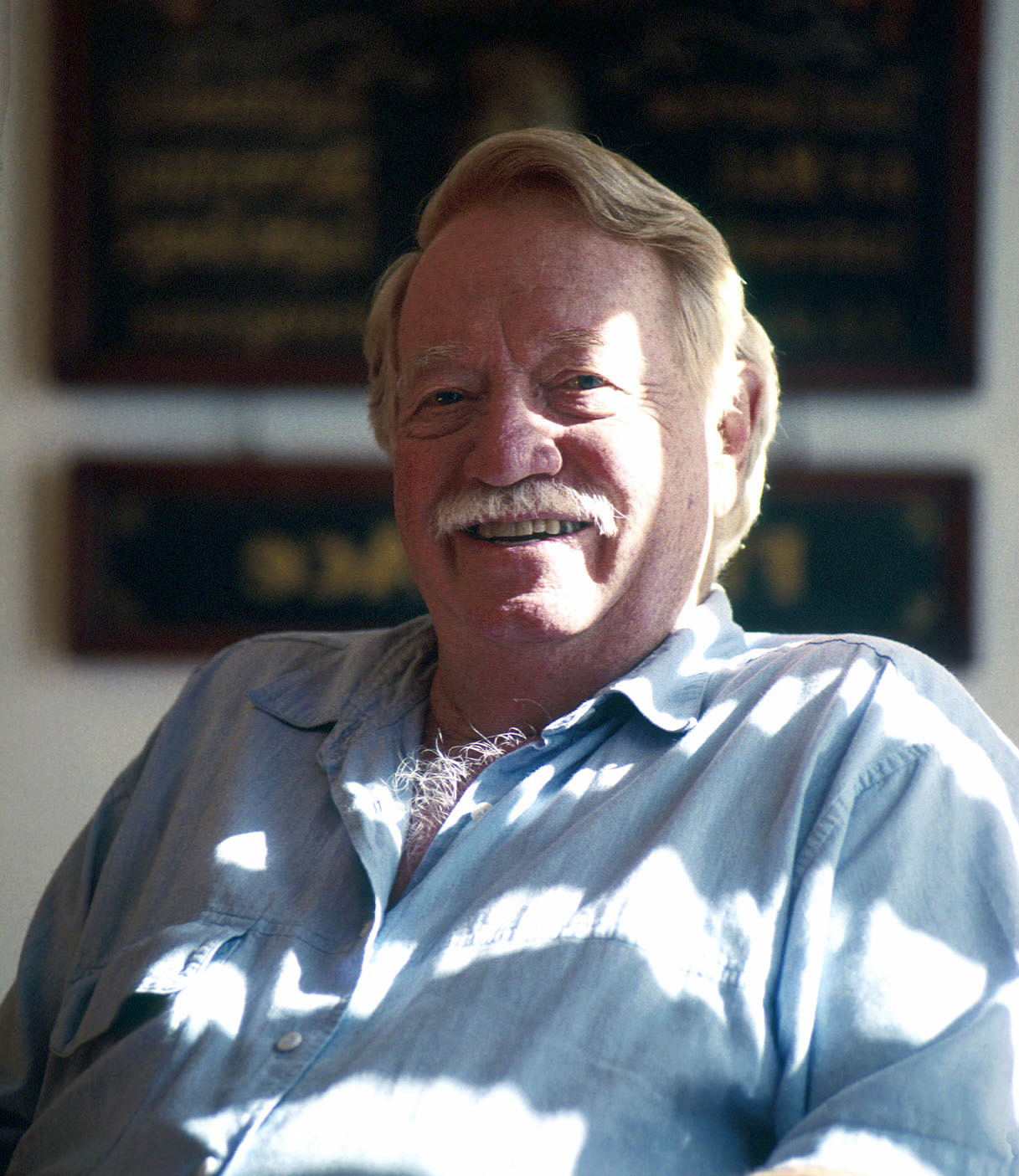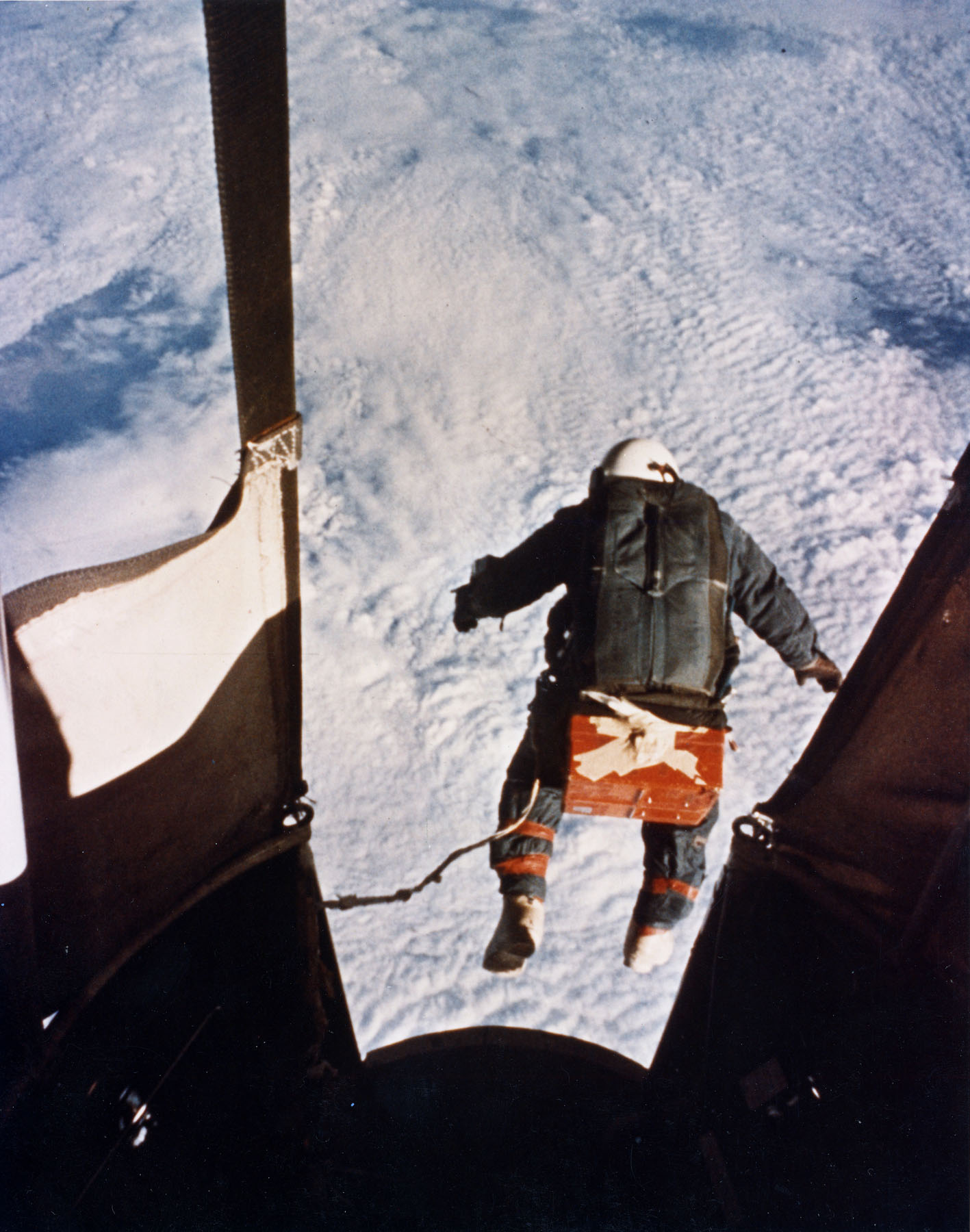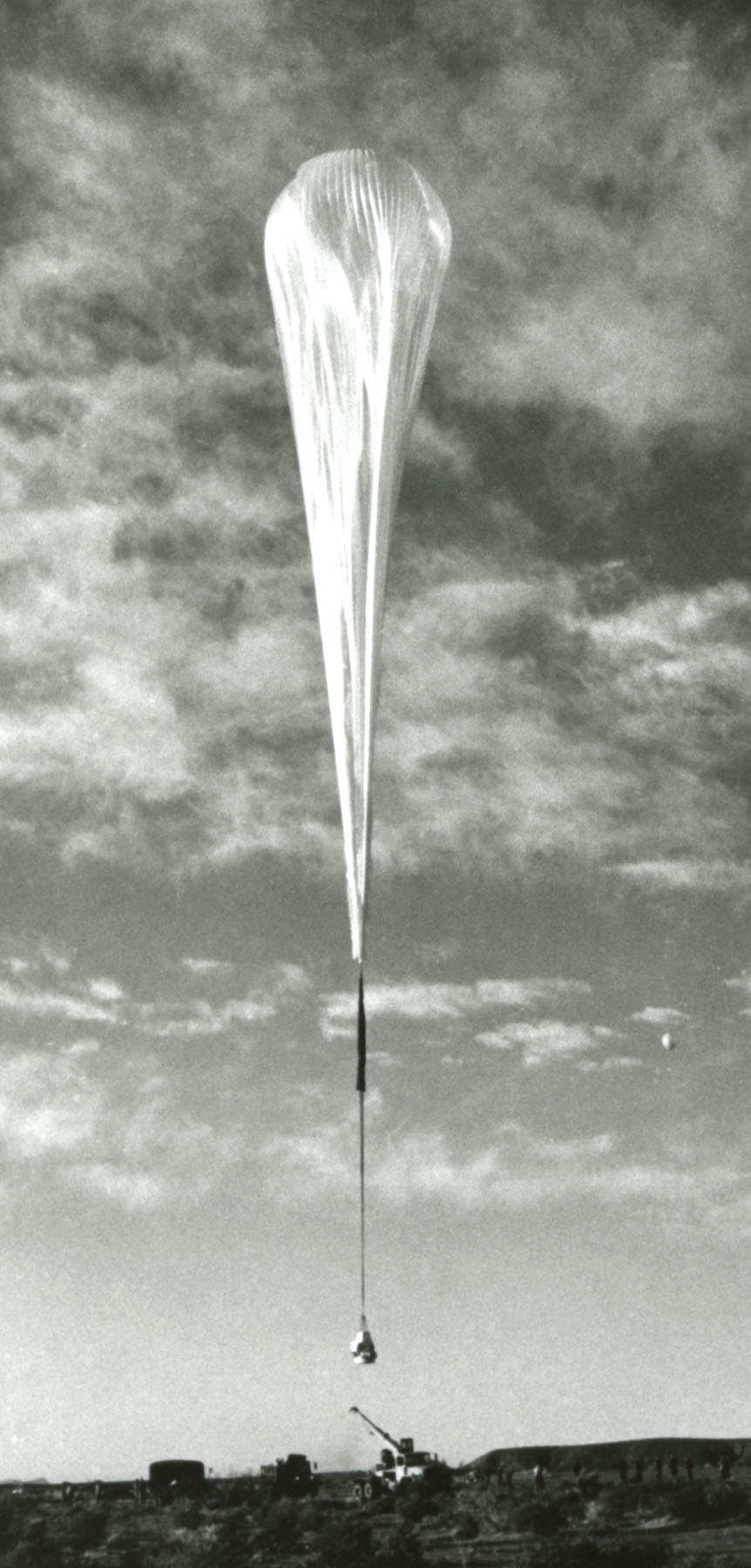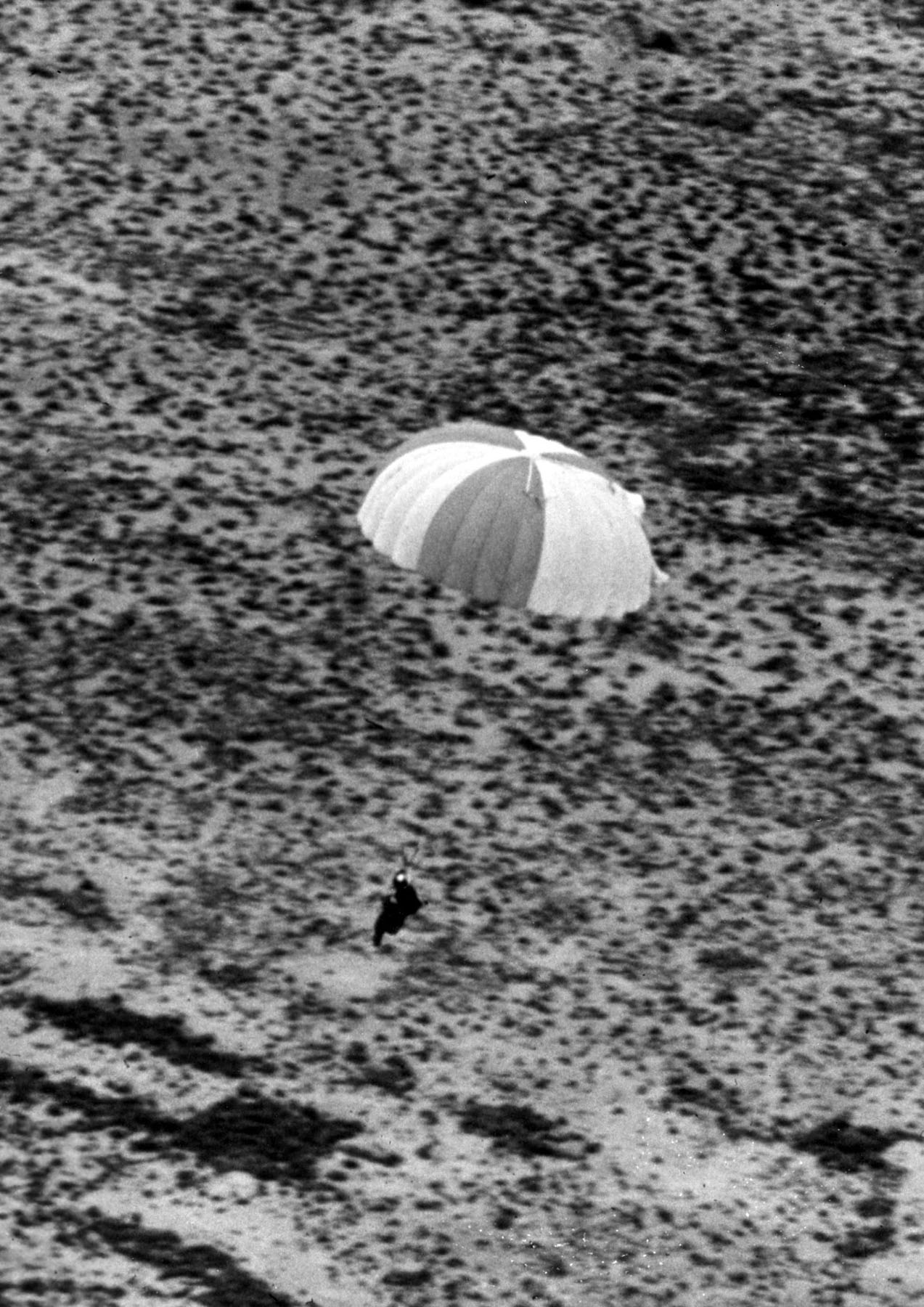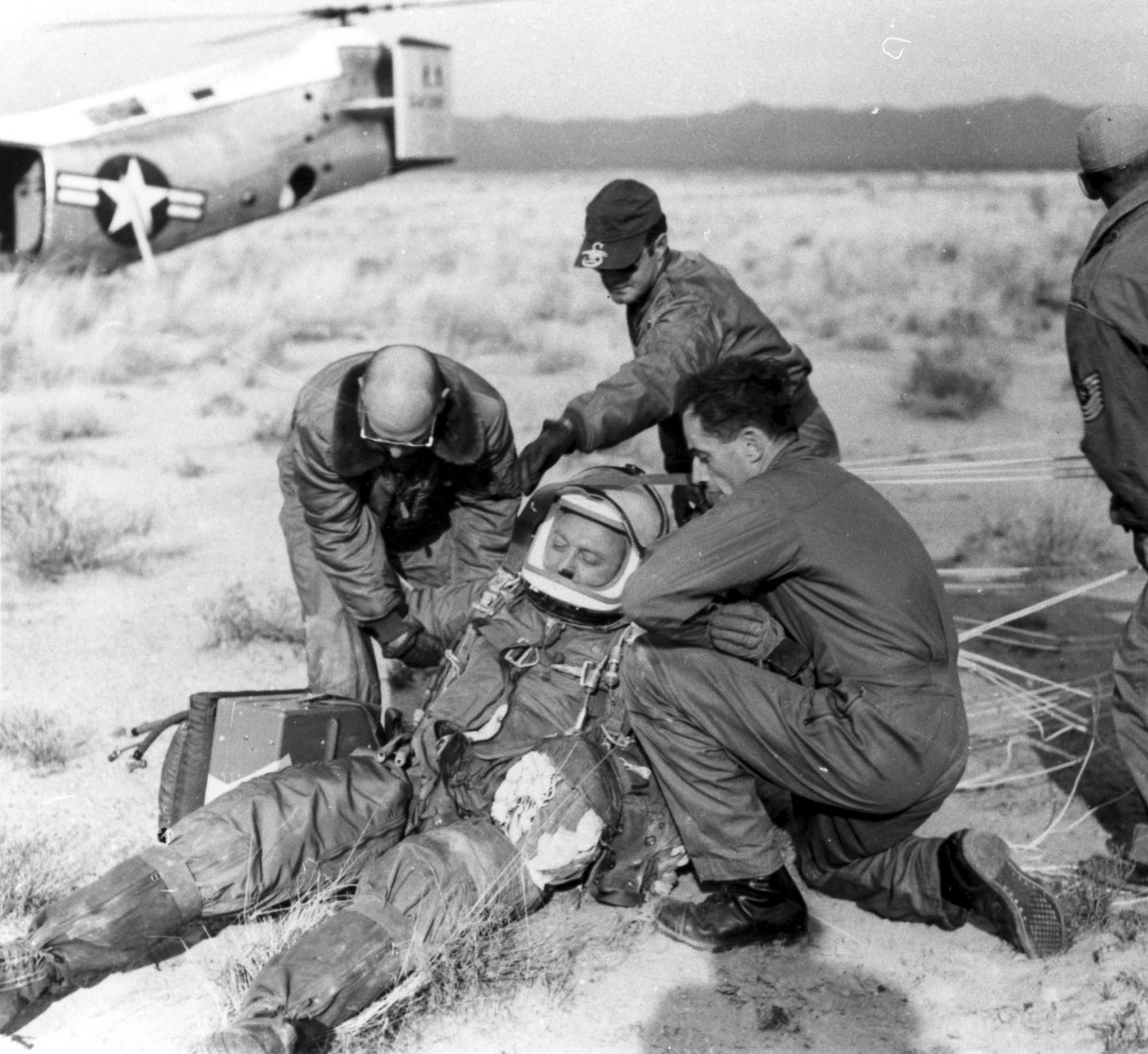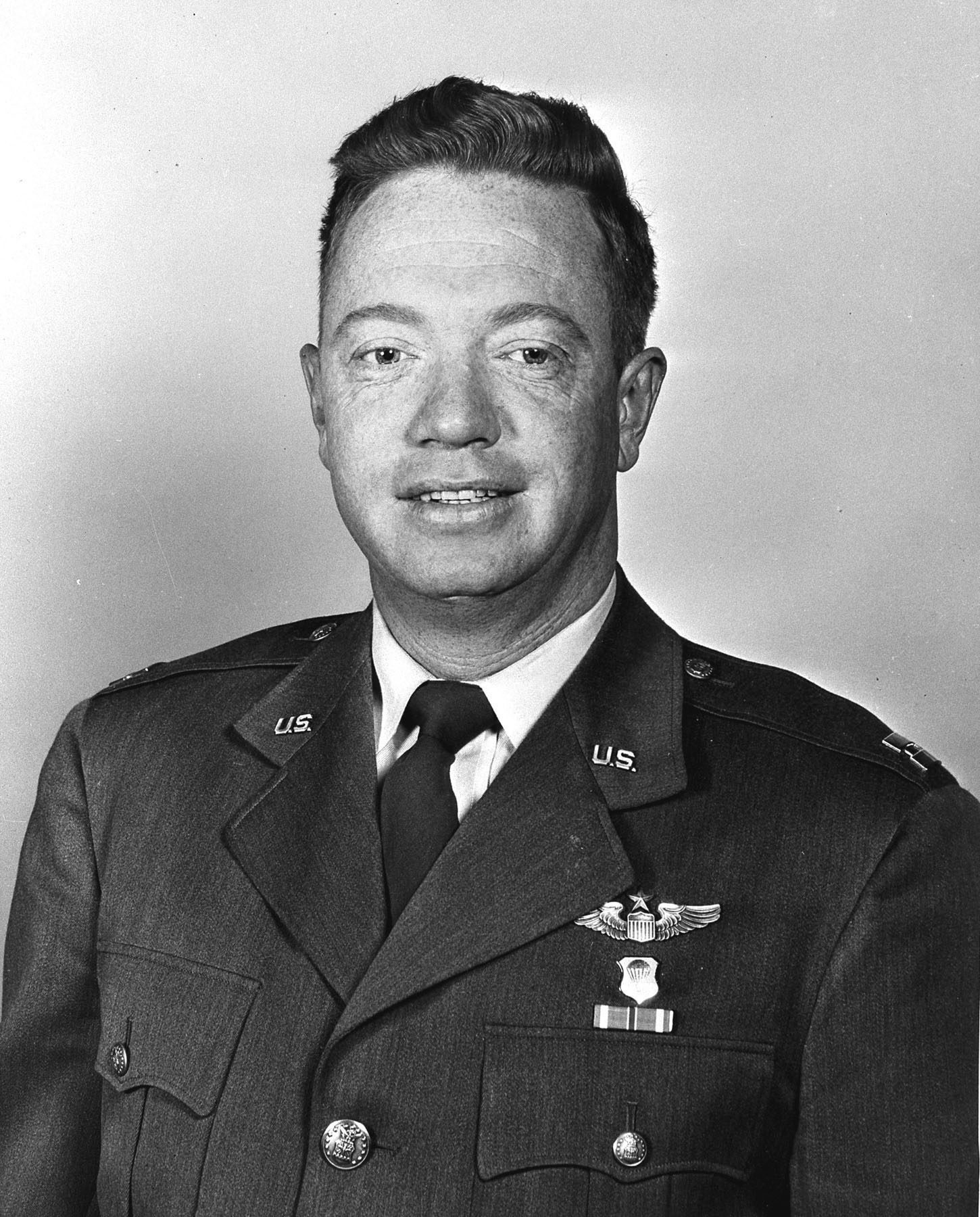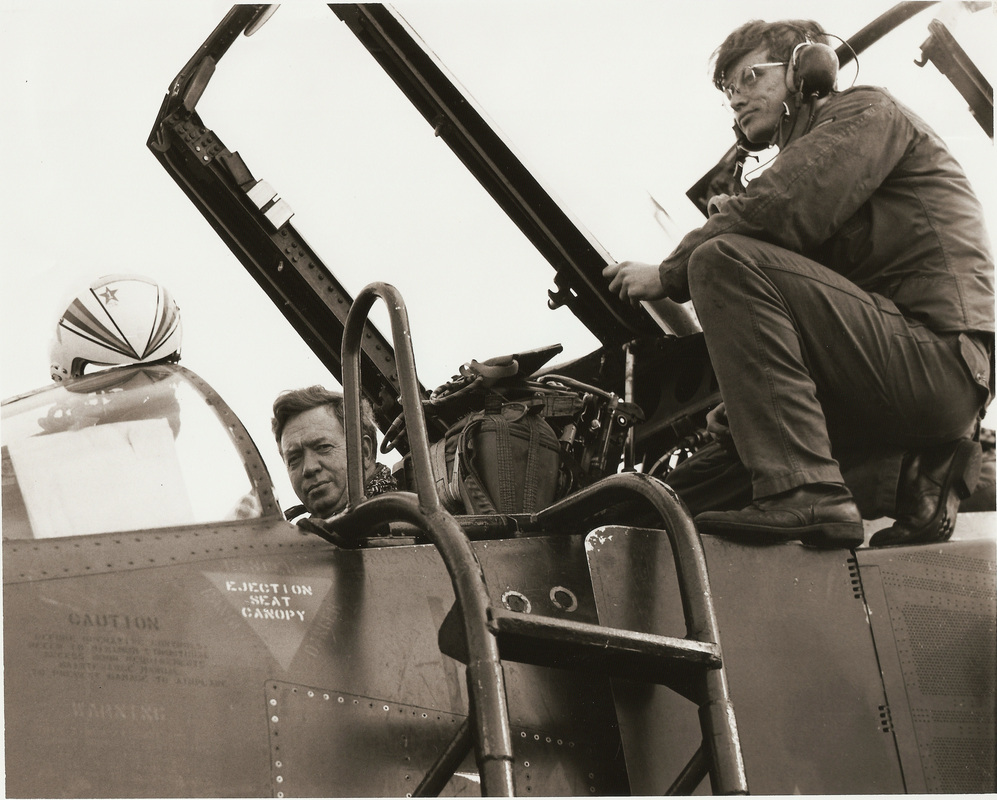
1 March 1972: Lieutenant Colonel Joseph W. Kittinger II, United States Air Force, and 1st Lieutenant Leigh A. Hodgdon, were flying McDonnell F-4D-29-MC Phantom II serial number 66-7463, call sign Falcon 54. Along with a second F-4, they were assigned to a combat air patrol (MiGCAP) mission over northern Laos.
At approximately 2000 hours, Disco, a Lockheed EC-121T Warning Star airborne early warning aircraft, alerted Kittinger to the presence of several Mikoyan-Gurevich MiG 21 interceptors and gave him radar vectors toward the enemy aircraft.
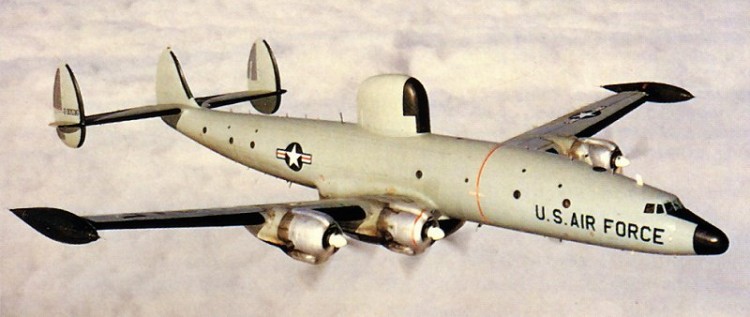
Colonel Kittinger reported:
At approximately 18 miles the system broke lock but it was quickly reacquired. A slow left turn ensued to keep the dot centered. Altitudes were slowly increased from 8,200 feet to 11,500 feet. The Vc on the scope was extremely difficult to interpret; however, it appeared that we were not really overtaking the target, so the outboard tanks were dropped. Heading of the aircraft changed to approximately 360° at time of firing. At approximately 6 miles the “in-range” light illuminated, followed by an increase in the ASE circle. Trigger was squeezed and crew felt a thump as the missile was ejected; however, missile motor did not ignite. The trigger was squeezed again and held for approximately 3 seconds; however missile did not fire. Trigger was squeezed again and missile #3 fired. The missile made a small correction to the left then back to the right and guided straight away. Pilot maintained the dot centered.
Approximately 5 to 6 seconds after launch, detonation was observed. Almost simultaneously, two enemy missiles were observed coming from the vicinity of the detonation. Evasive action prevented more thorough observations of detonation. The flight turned to a heading of 210°, maintained 9,000 feet, airspeed 500 knots, and egressed the area.
— Aces and Aerial Victories: The United States Air Force in Southeast Asia 1965–1973, by R. Frank Futrell, William H. Greenhalgh, Carl Grubb, Gerard E. Hasselwander, Robert F. Jakob and Charles A. Ravenstein, Office of Air Force History, Headquarters USAF, 1976, Chapter III at Page 87.
Joe Kittinger is officially credited with the destruction of the MiG 21.
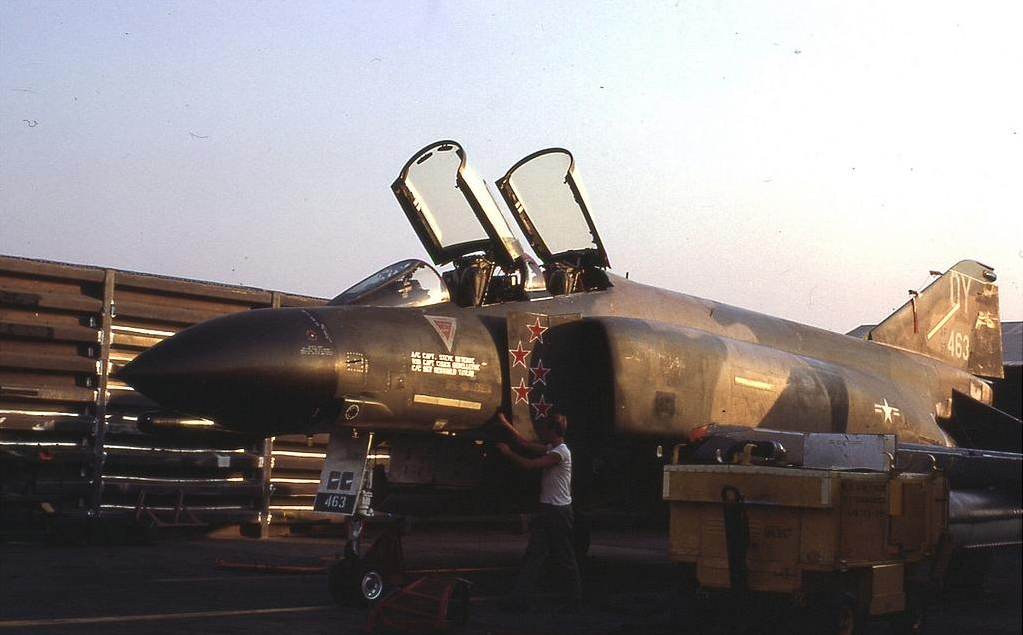
Joseph W. Kittinger II is best known for his participation in experimental high-altitude balloon flights. On 2 June 1957, he ascended to 97,760 feet (29,490 meters) aboard the Project MAN-HIGH 1. On 16 August 1960, he reached 102,800 feet (31,333 meters) and then stepped off for the longest free-fall parachute jump—a record that would stand for 52 years.
Joe Kittinger flew 483 combat missions in three tours during the Vietnam War. He was shot down 11 May 1972, when his F-4D, 66-0230, was struck by a missile fired by a MiG 21. (Kittinger’s wingman shot down the MiG.) He and Weapons System Officer 1st Lieutenant William J. Reich were captured and held at the infamous Hanoi Hilton for the next 11 months.
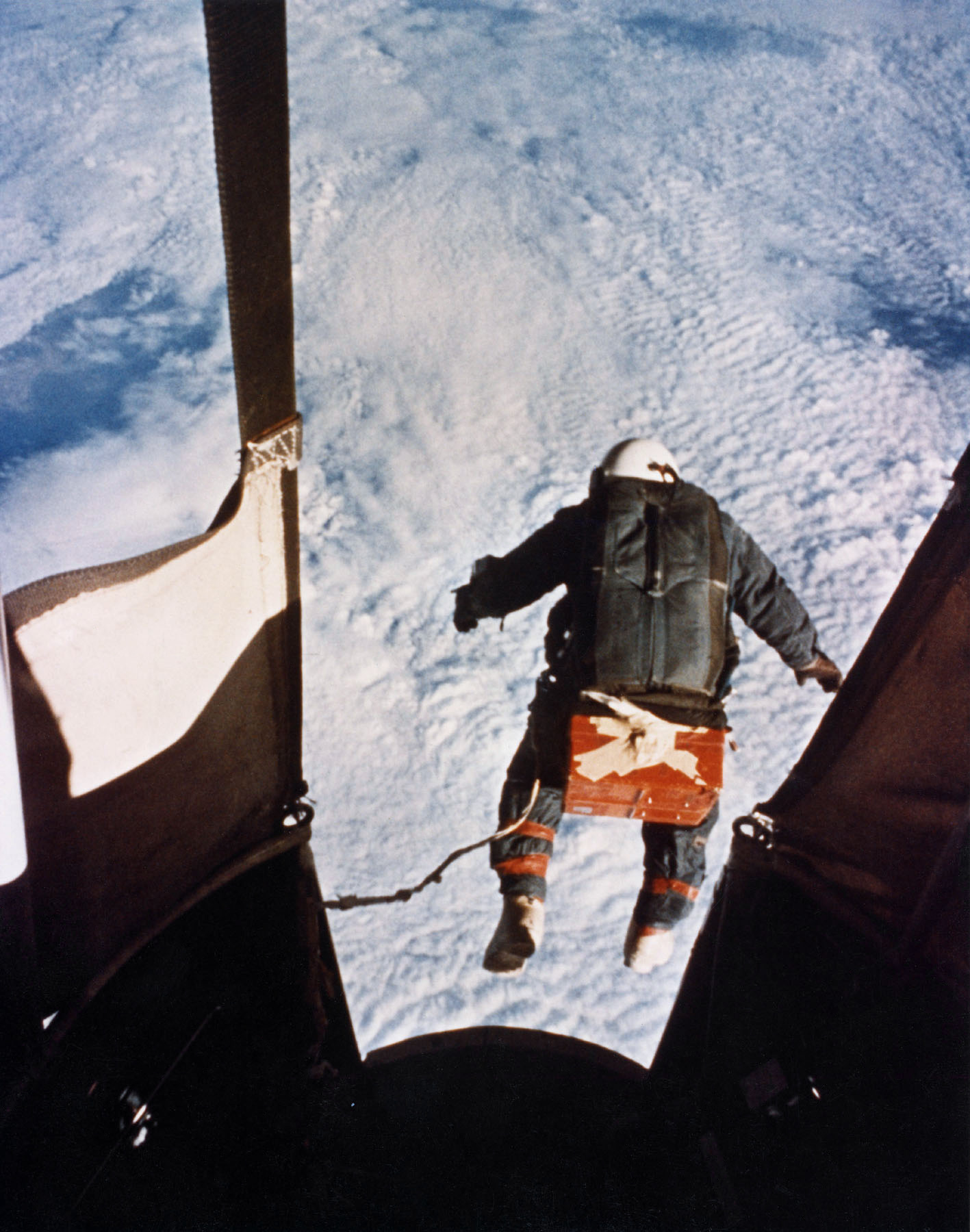
© 2017, Bryan R. Swopes
